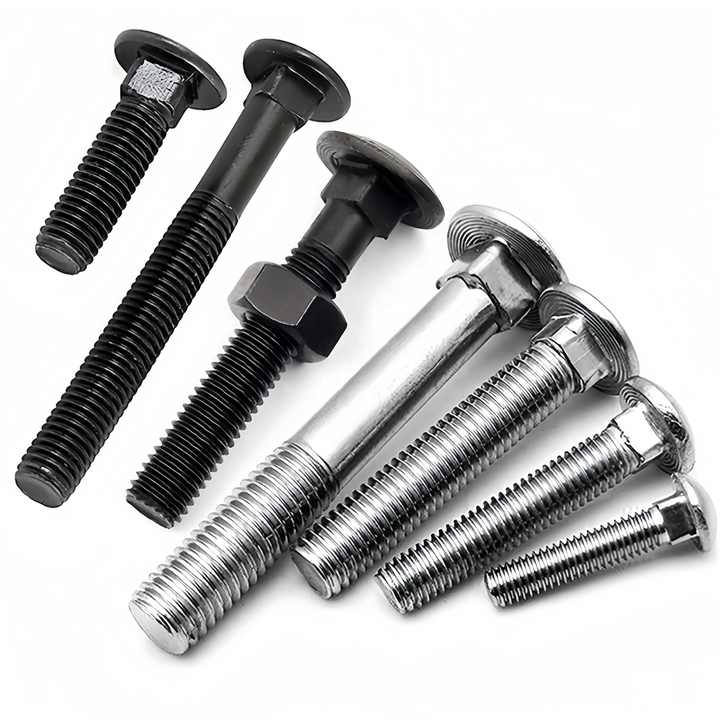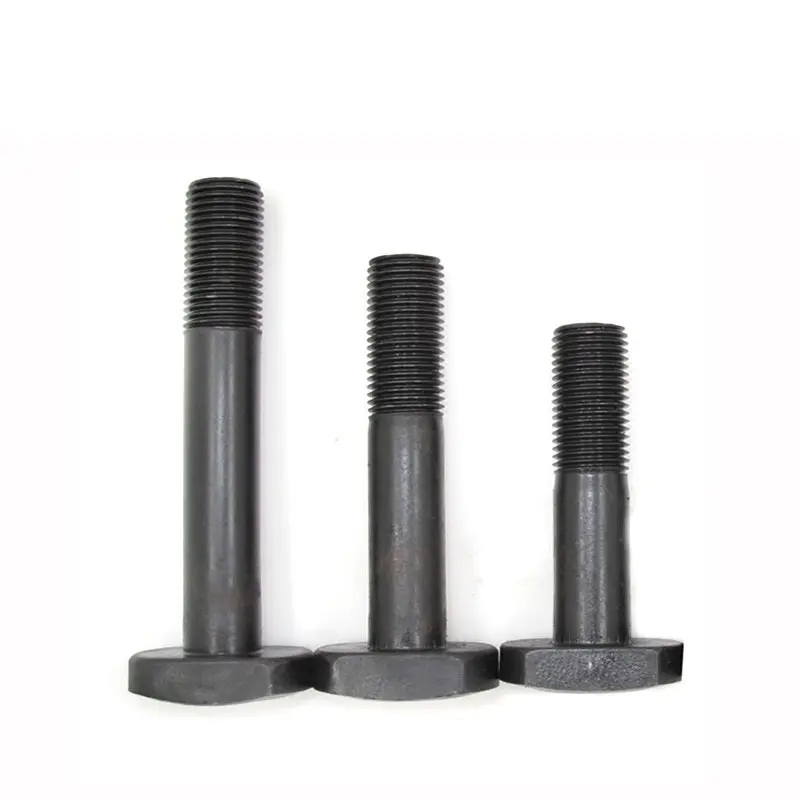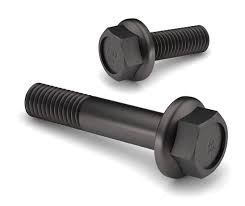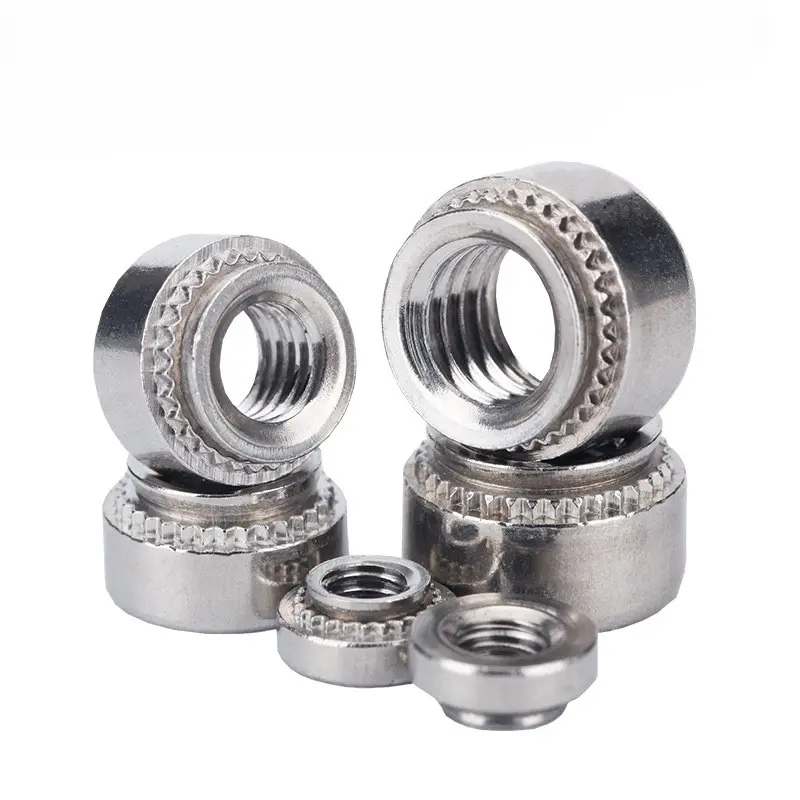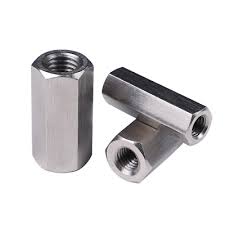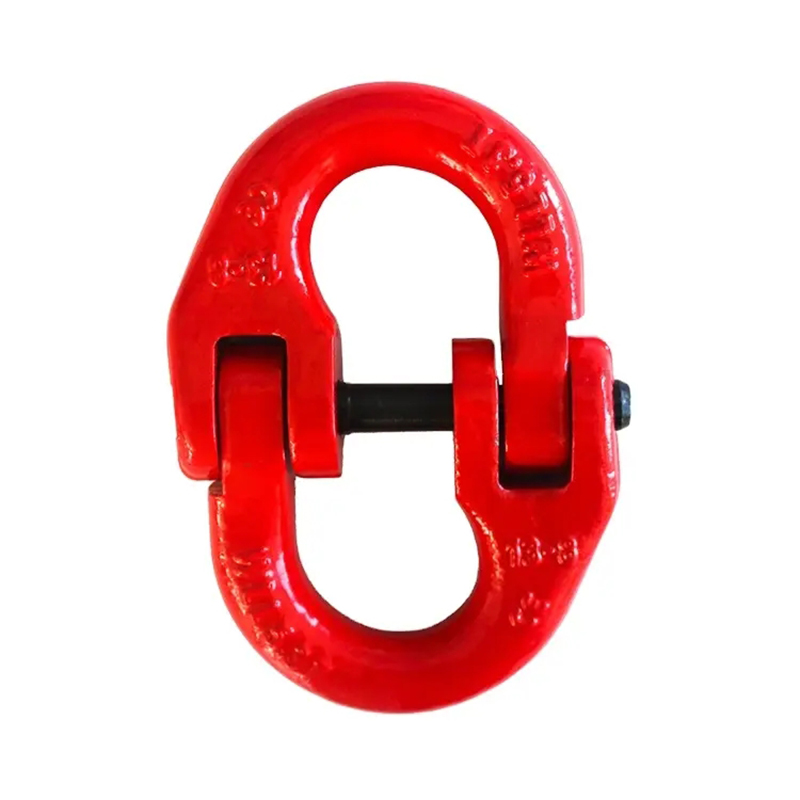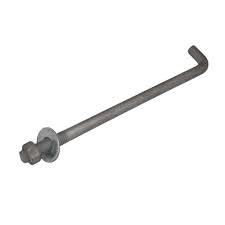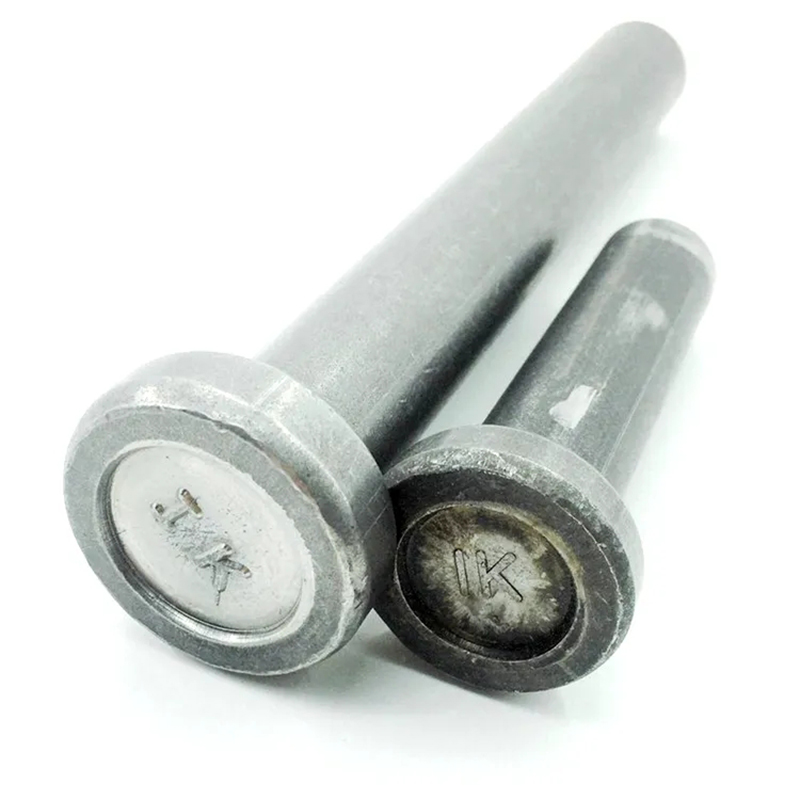

This comprehensive guide explores the world of blind rivet nuts, covering their types, applications, installation methods, and advantages over traditional fastening systems. Learn how to choose the right blind rivet nut for your specific needs and master the techniques for a successful installation.
Blind rivet nuts, also known as rivet nuts or self-clinching fasteners, are internally threaded fasteners installed from one side of the workpiece. This eliminates the need for access to the backside, making them ideal for applications where access is limited. Unlike standard nuts and bolts, they offer a permanent and secure fastening solution. They are commonly used in a wide range of industries, including automotive, aerospace, electronics, and furniture manufacturing. The design allows for a strong, reliable connection within confined spaces. They are typically made from materials like steel, aluminum, and stainless steel, providing a variety of options for corrosion resistance and strength.
These are the most common type of blind rivet nut and are available in a variety of sizes and materials. They offer a simple and reliable fastening solution for many applications. The design provides a strong, consistent clamp force, ensuring a secure connection.
Flanged blind rivet nuts provide a larger bearing surface, increasing their load-bearing capacity and making them suitable for applications with high stress or vibration. The flange distributes the load more evenly, reducing the risk of damage to the workpiece. The increased surface area offers superior pull-out resistance.
These nuts are designed to sit flush with the surface of the workpiece, creating a smooth, aesthetically pleasing finish. They're ideal for applications where a low profile is required. The countersunk design helps to distribute stress across a larger area.
Selecting the correct blind rivet nut is crucial for a successful installation. Key factors to consider include:
Manufacturers, like Hebei Dewell Metal Products Co., LTD, provide comprehensive specifications and technical data to assist in selecting the appropriate blind rivet nut for a given application. Consulting with a fastener specialist is always recommended for complex projects.
Blind rivet nuts are typically installed using a specialized tool, such as a manual or pneumatic rivet gun. The process usually involves inserting the blind rivet nut into the workpiece and then using the tool to expand the mandrel, creating a secure fastening. Detailed instructions are usually provided with the blind rivet nuts and the installation tool. Proper installation is key to ensuring the strength and longevity of the connection. Improper installation can lead to failure and compromised safety. Videos and guides are readily available online showcasing proper installation techniques.
| Advantage | Description |
|---|---|
| One-sided installation | No access to the backside is required. |
| Strong and reliable connection | Provides a secure fastening solution, even under high stress or vibration. |
| Variety of materials and finishes | Options to match the application's specific needs. |
| Versatile applications | Suitable for a wide range of materials and industries. |
Blind rivet nuts offer a reliable and efficient fastening solution for various applications. Understanding the different types, choosing the right one for your project, and mastering the installation technique are key to harnessing their full potential. For high-quality blind rivet nuts and related products, consider exploring suppliers such as Hebei Dewell Metal Products Co., LTD.

